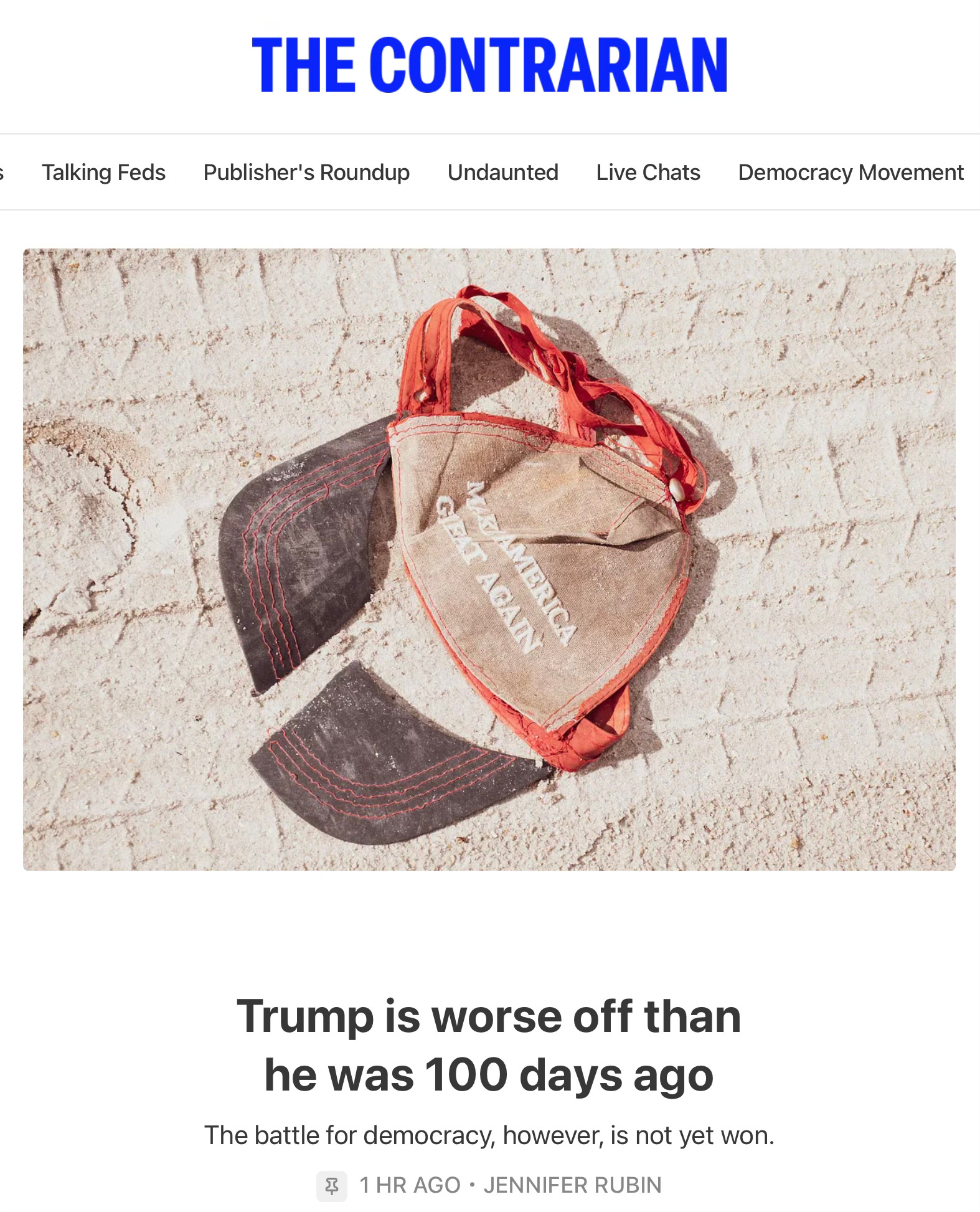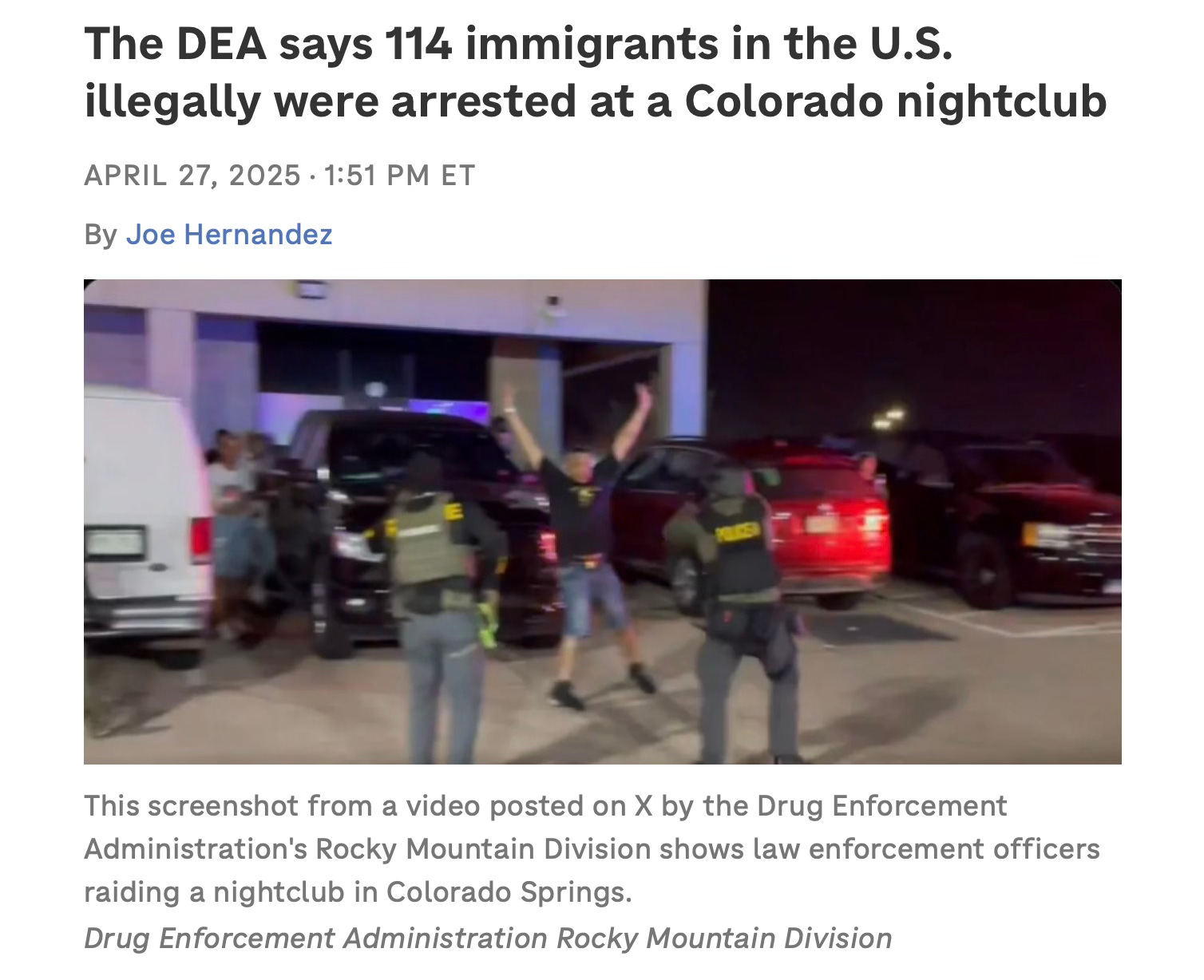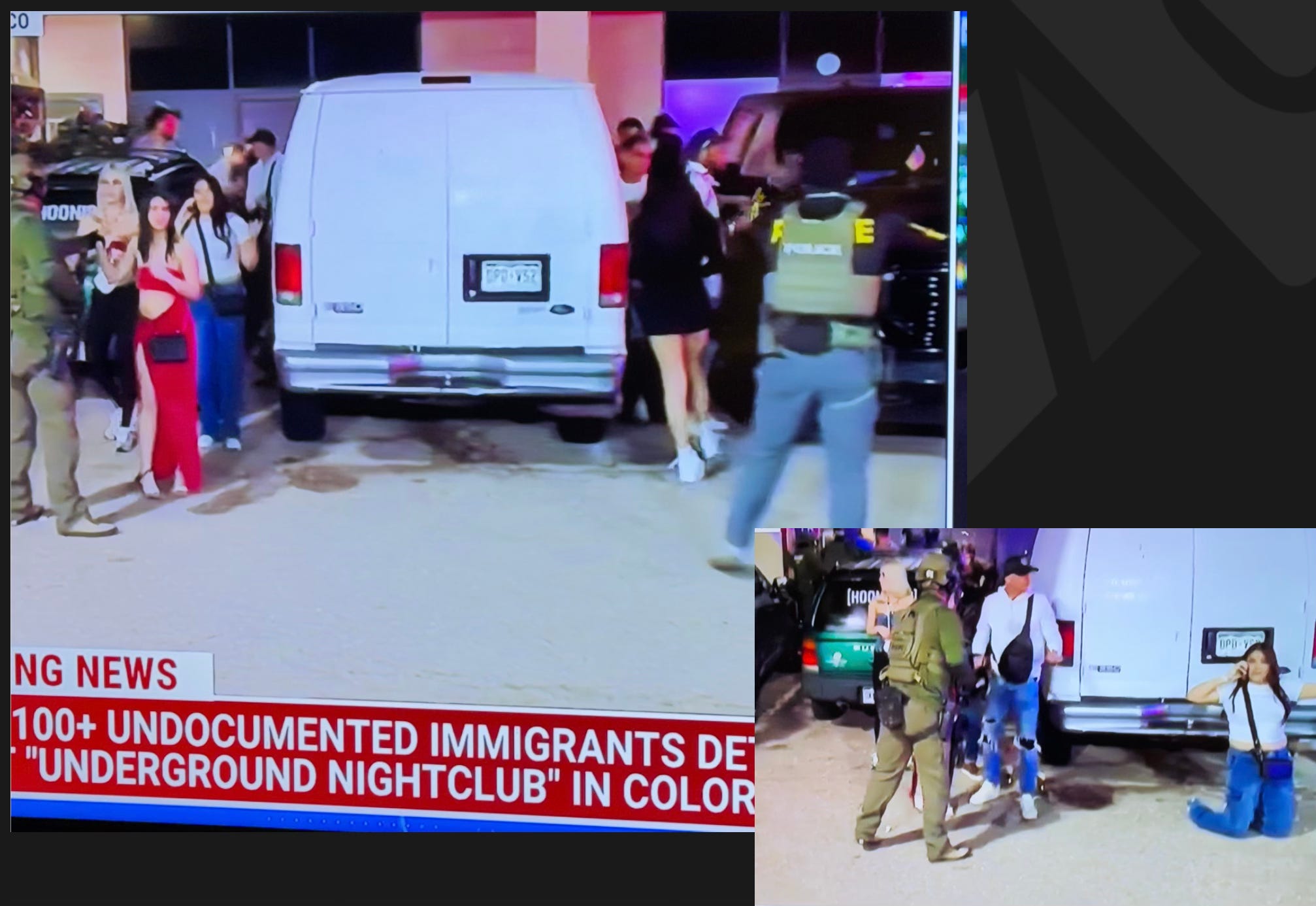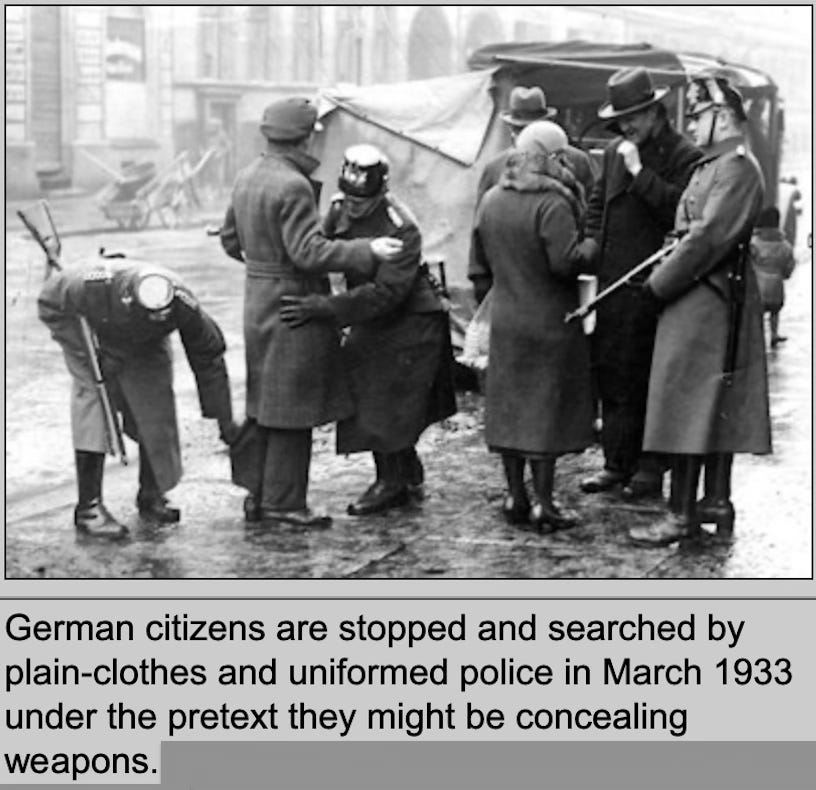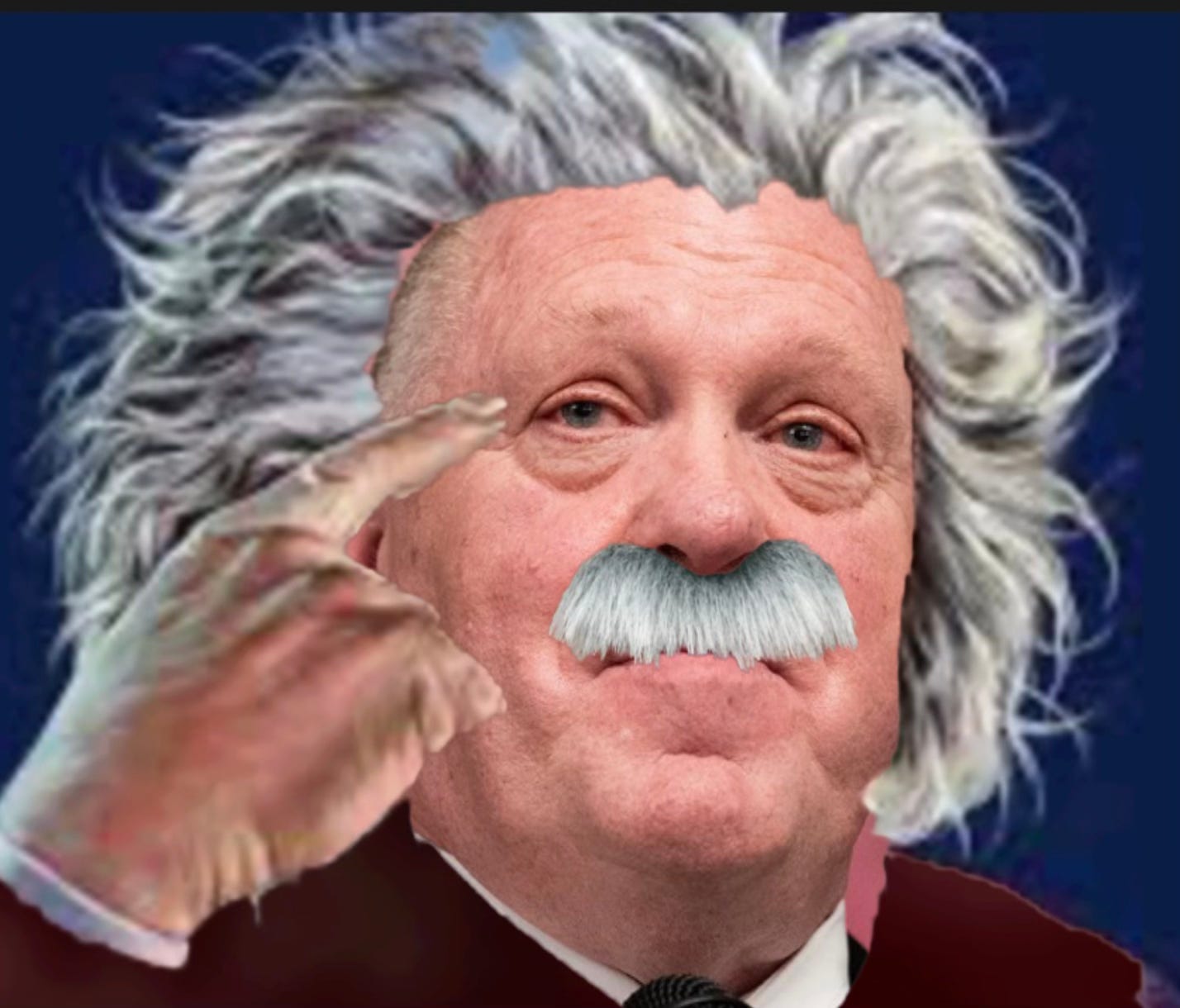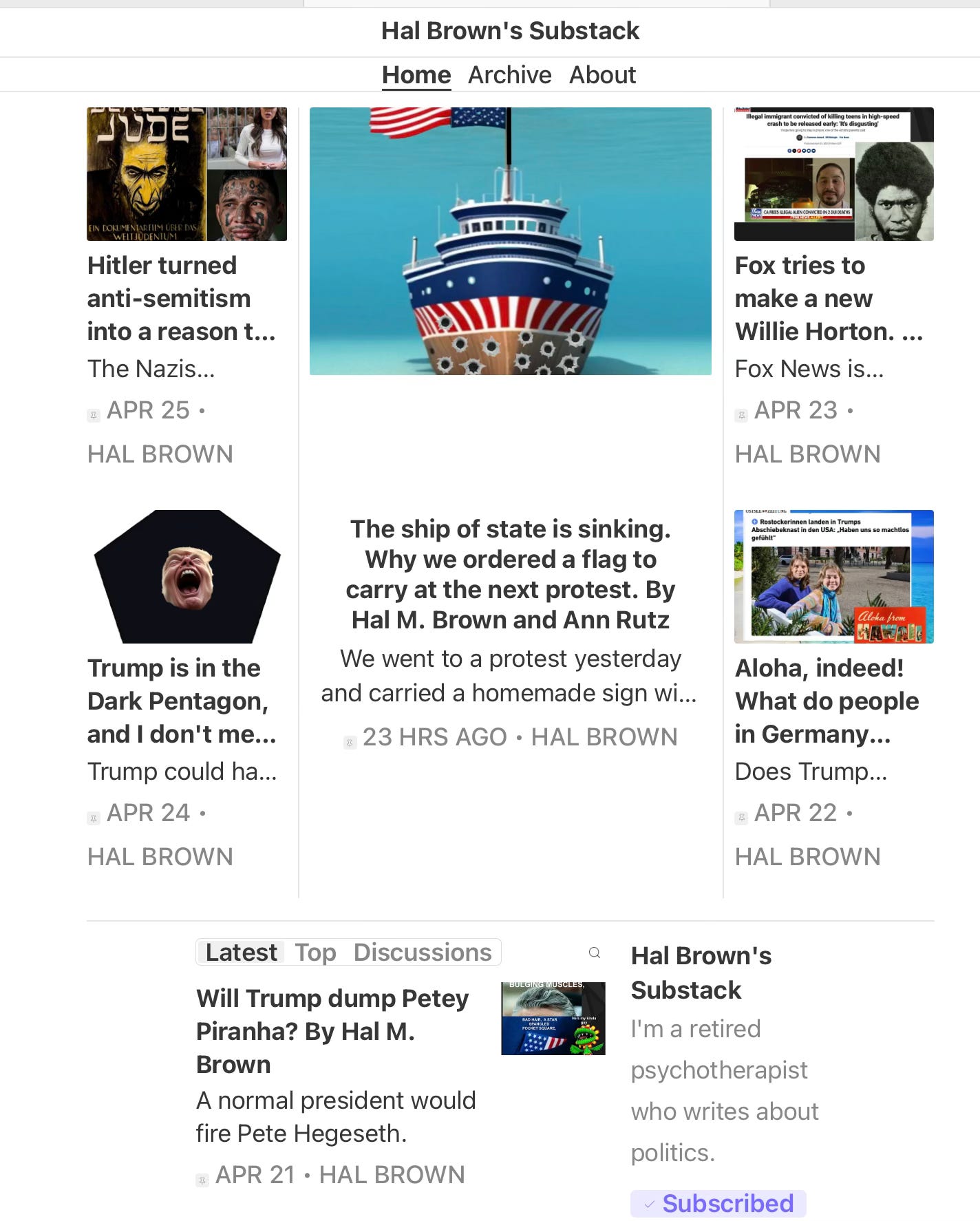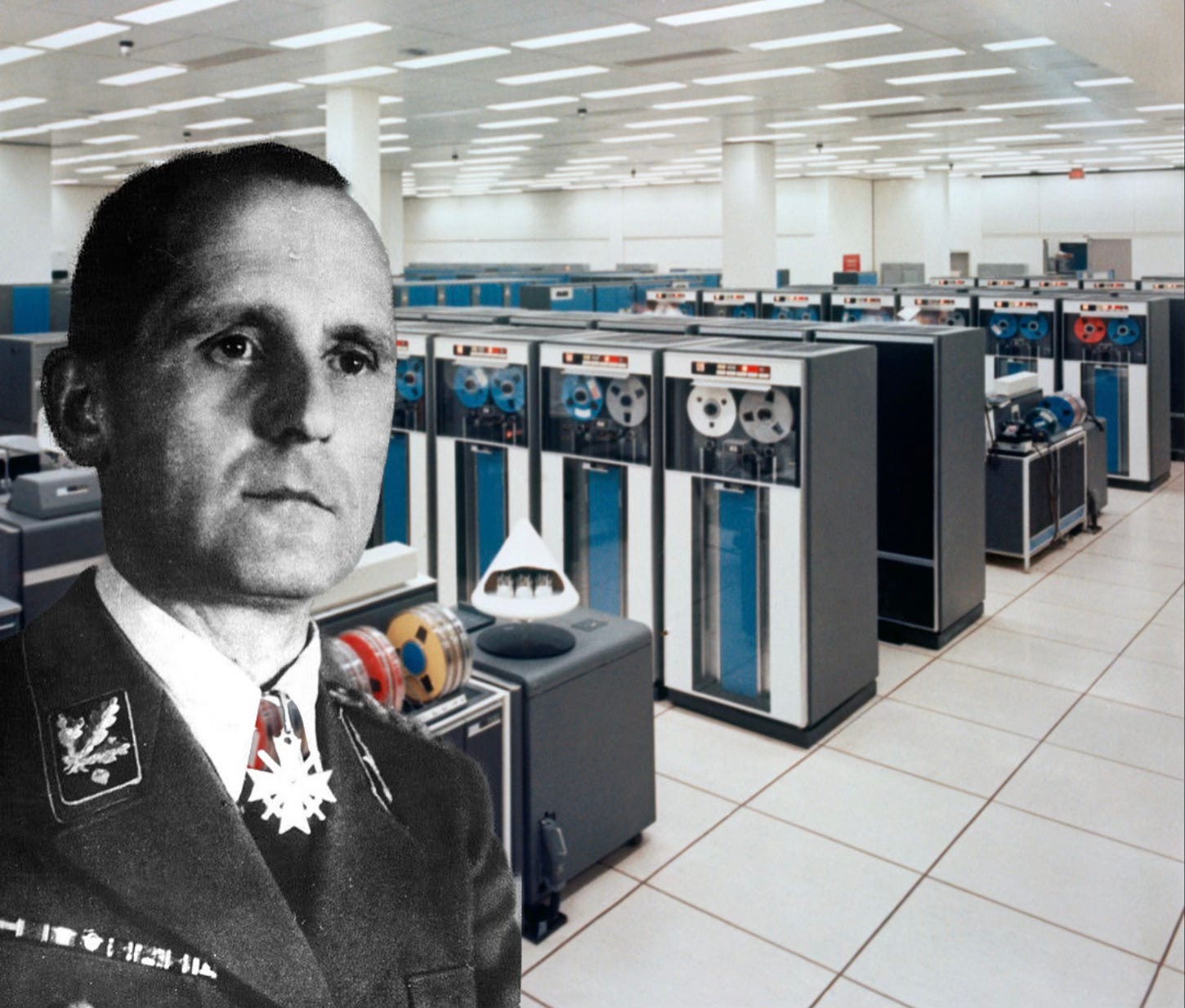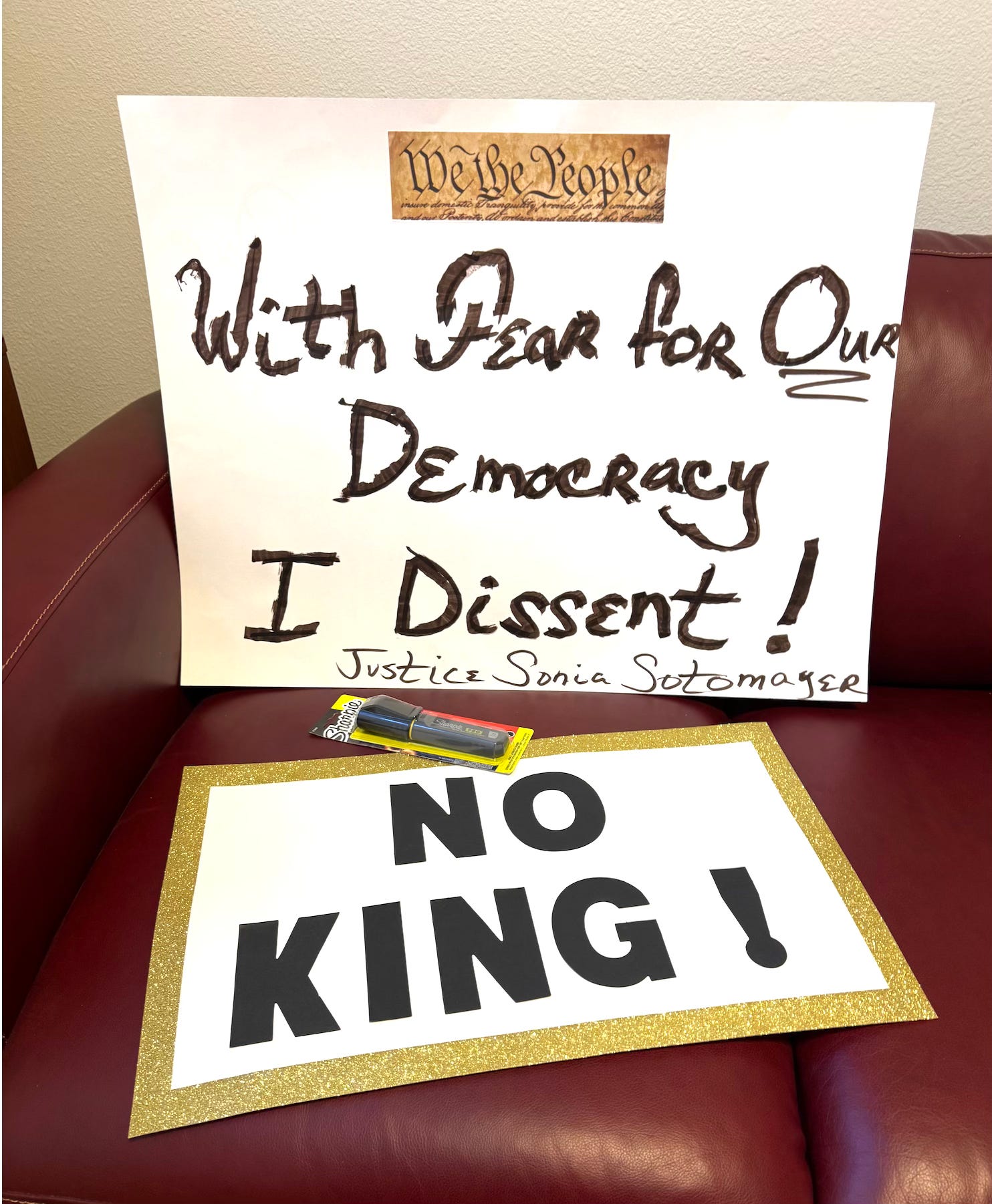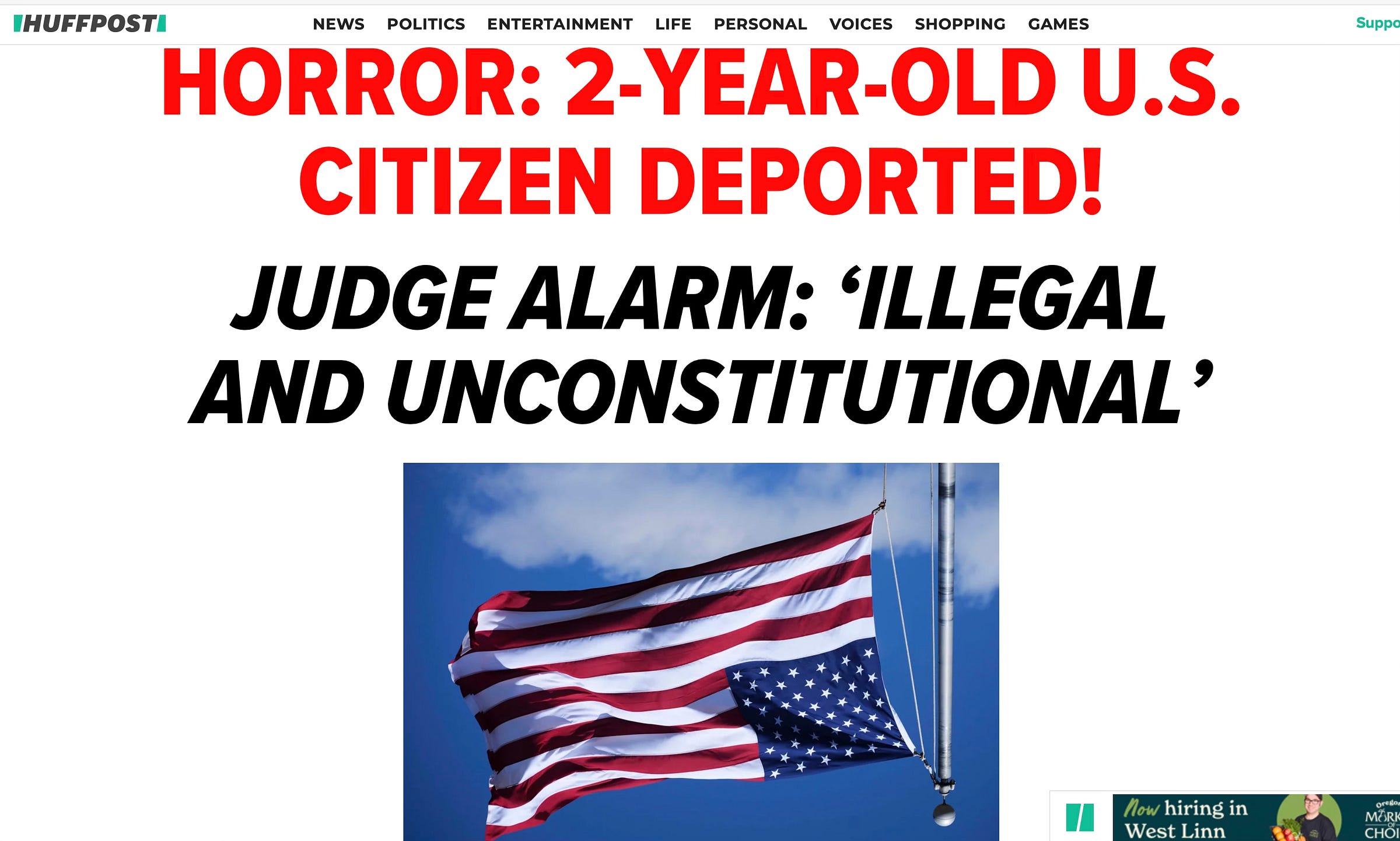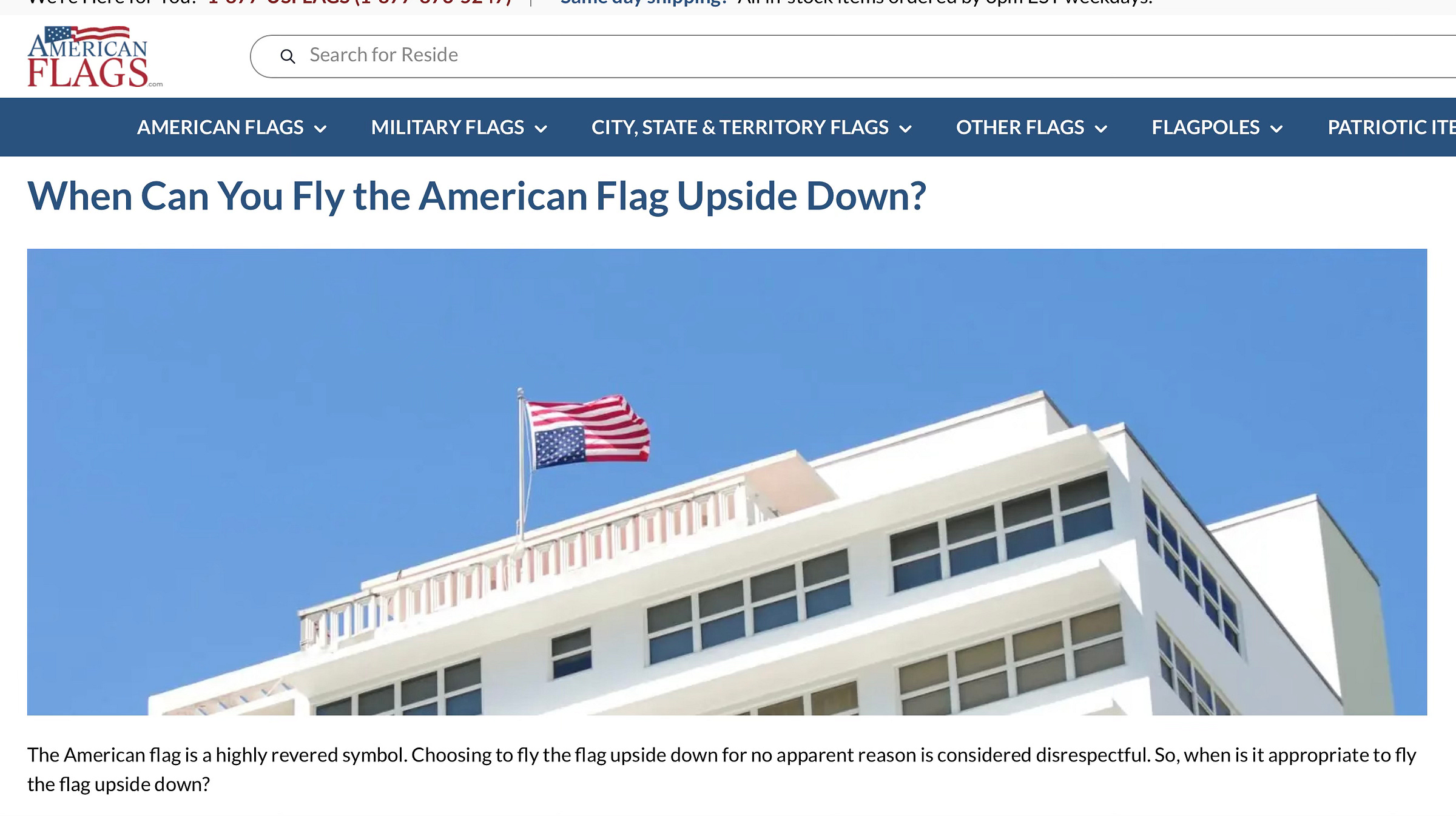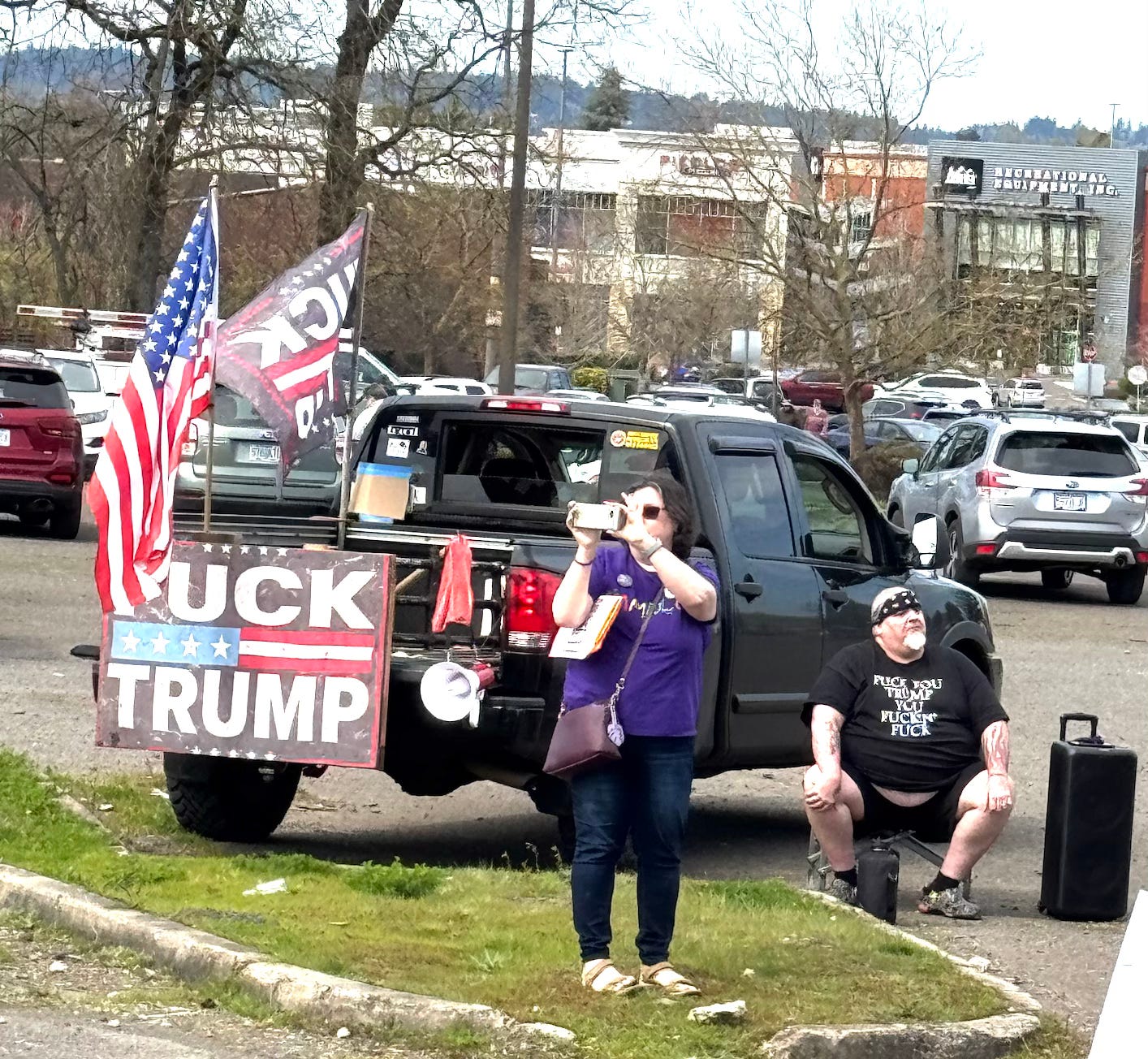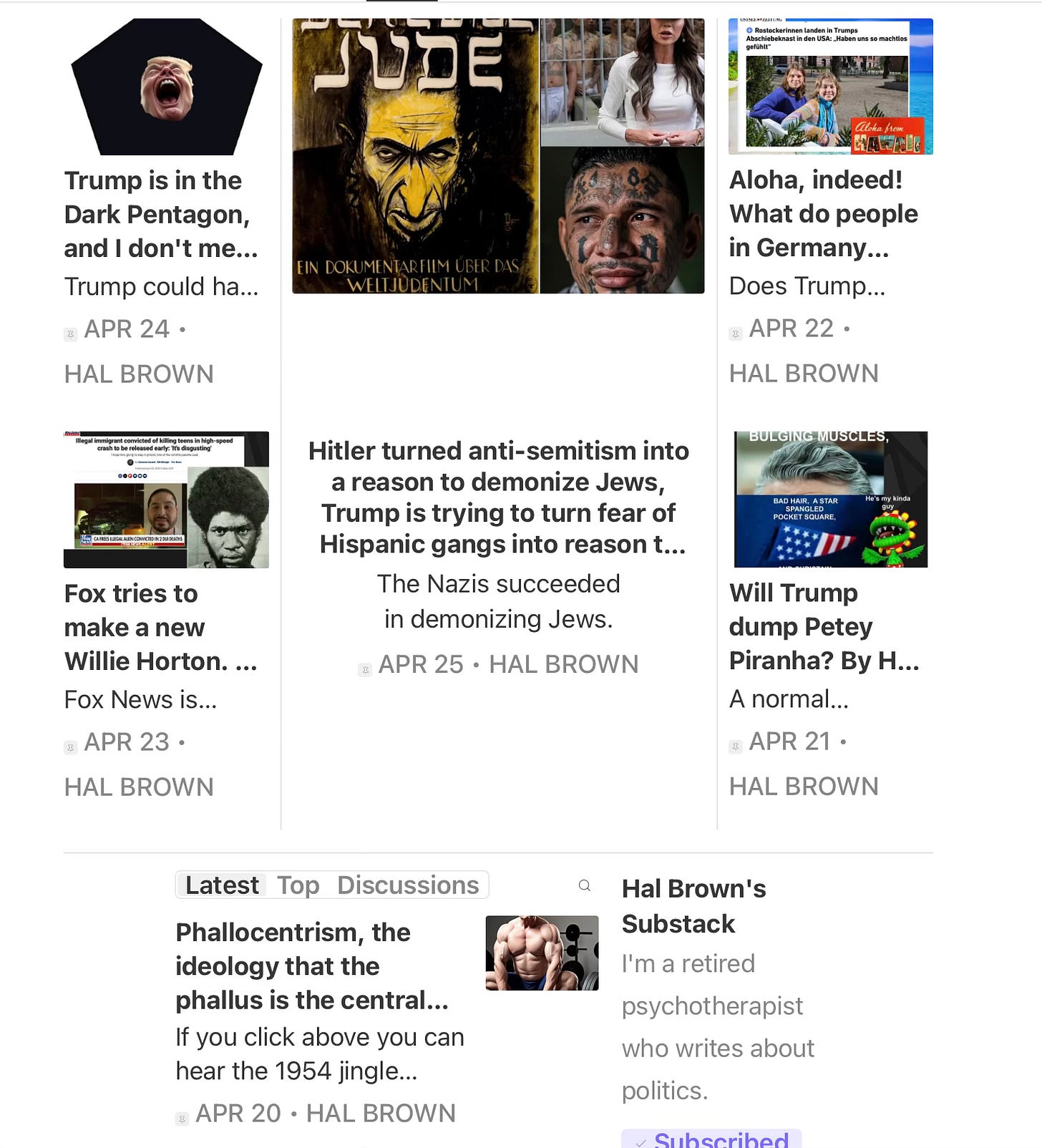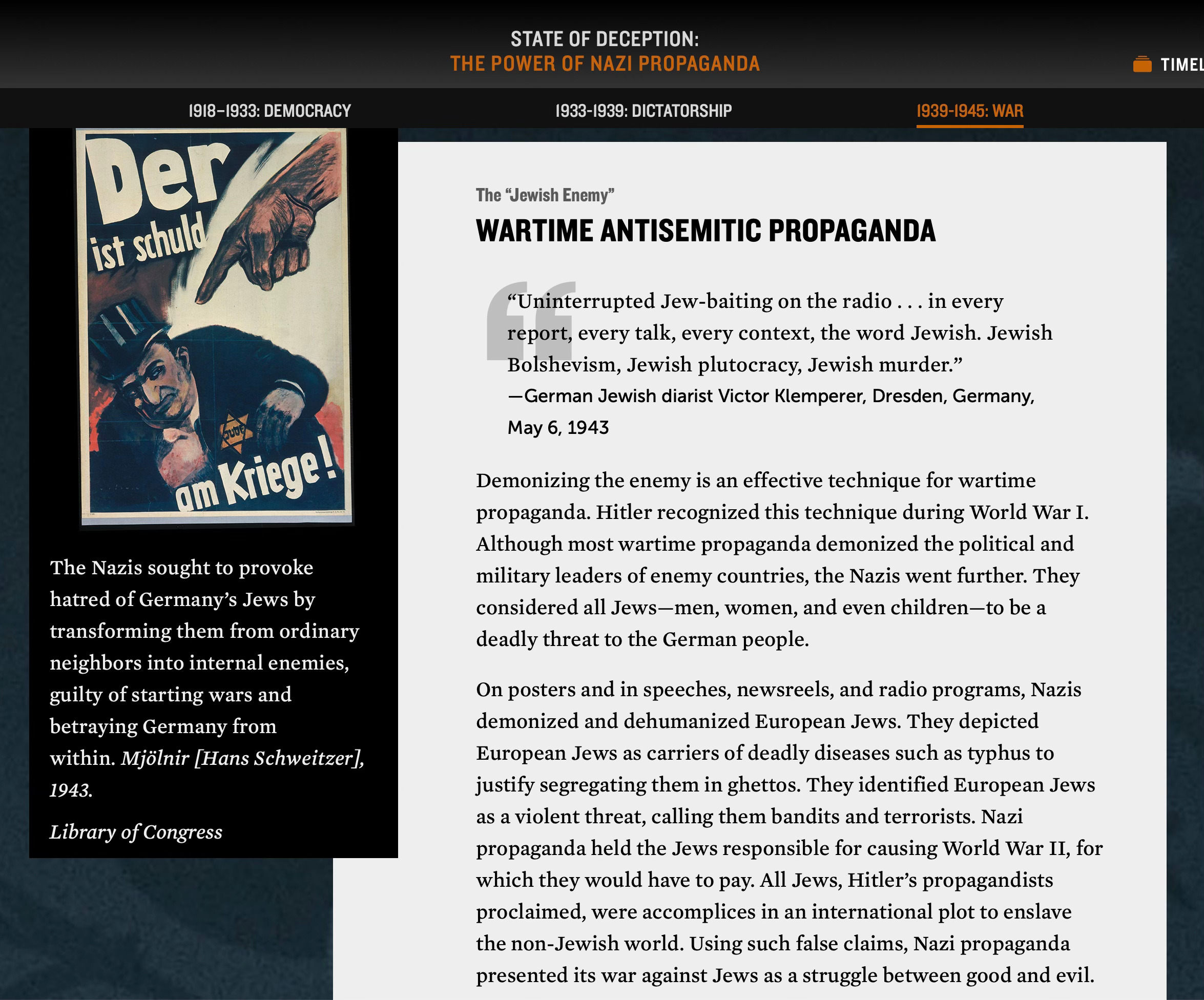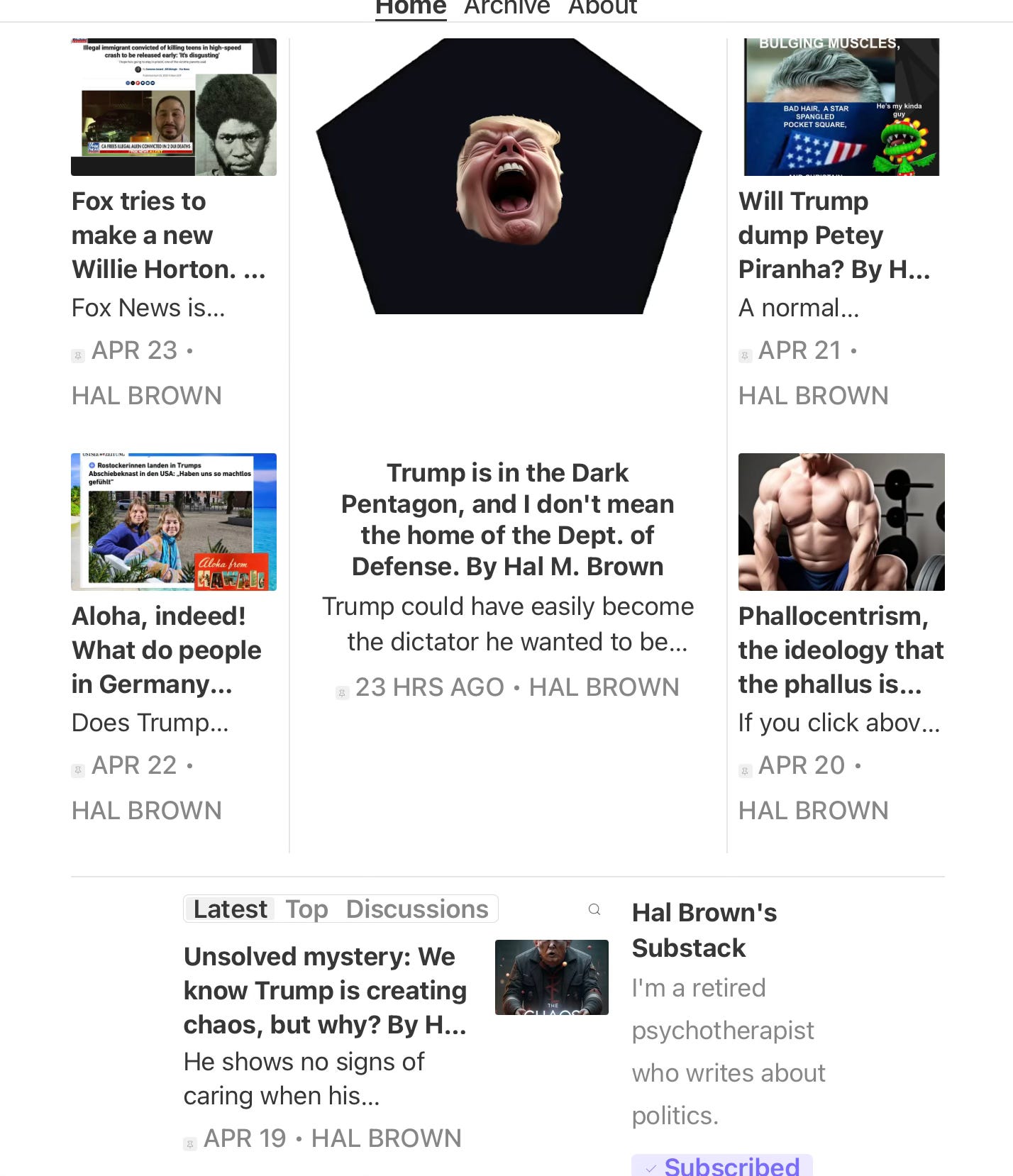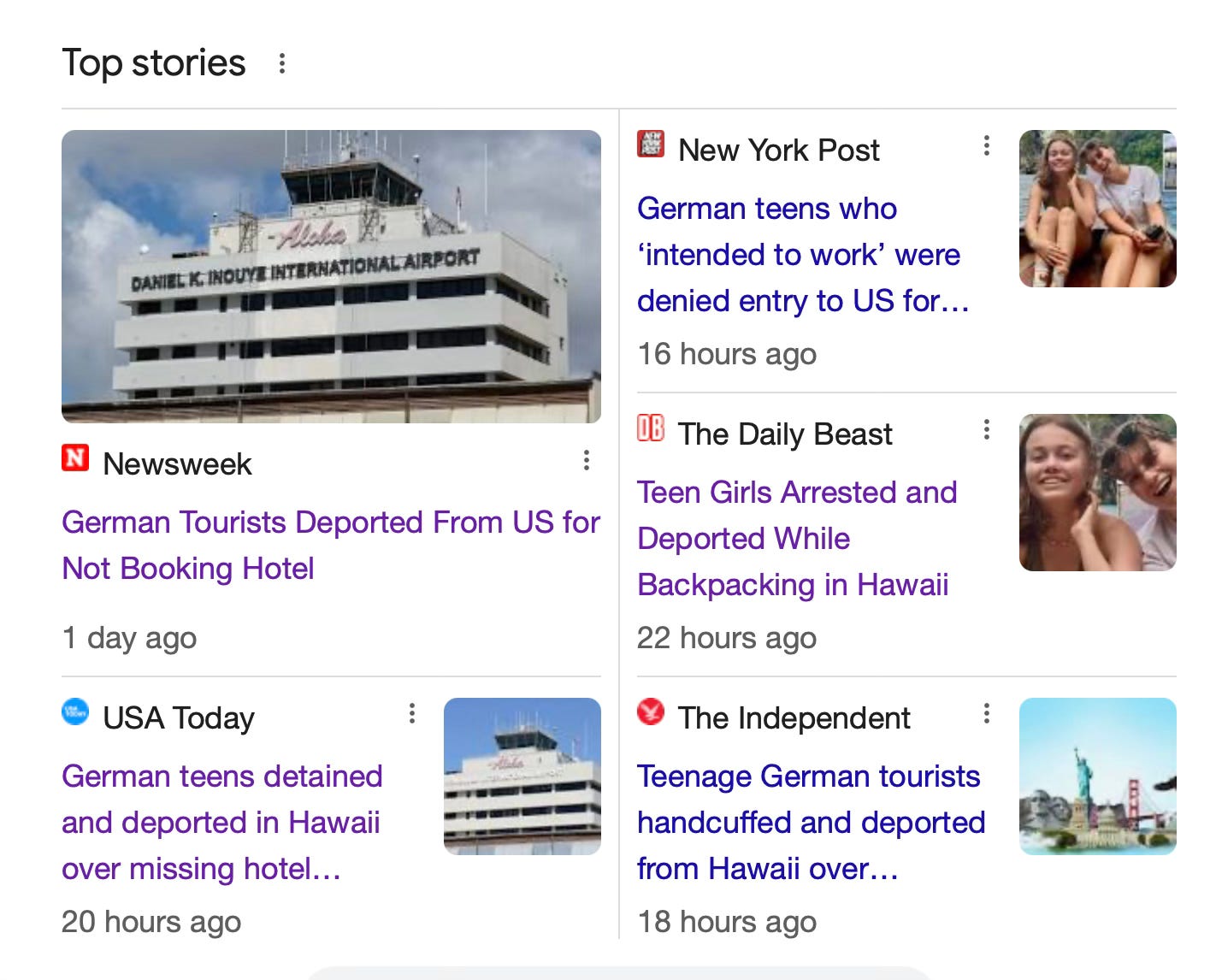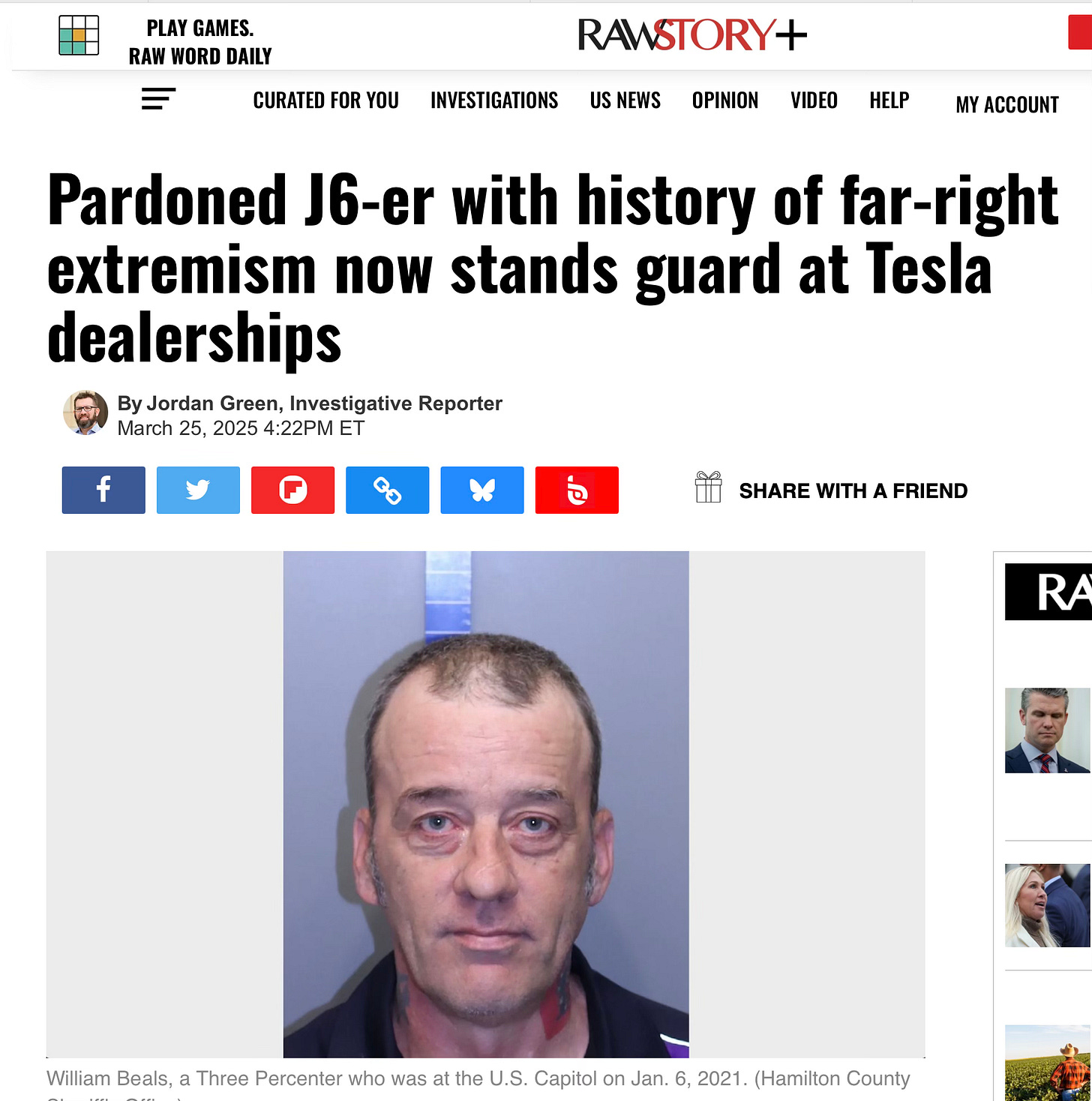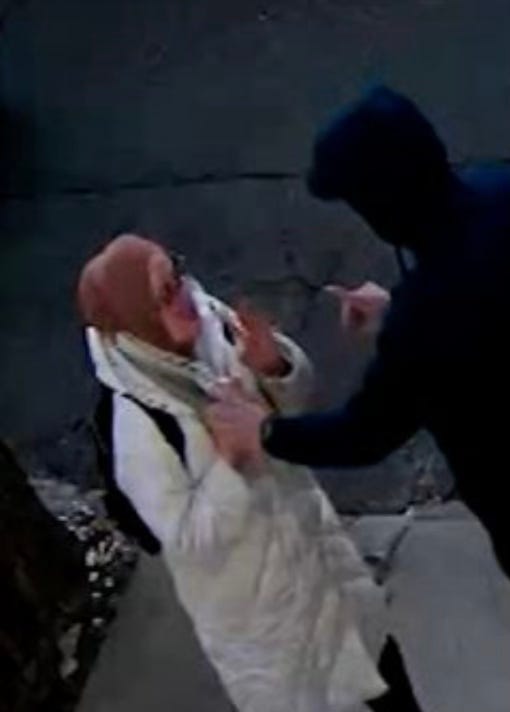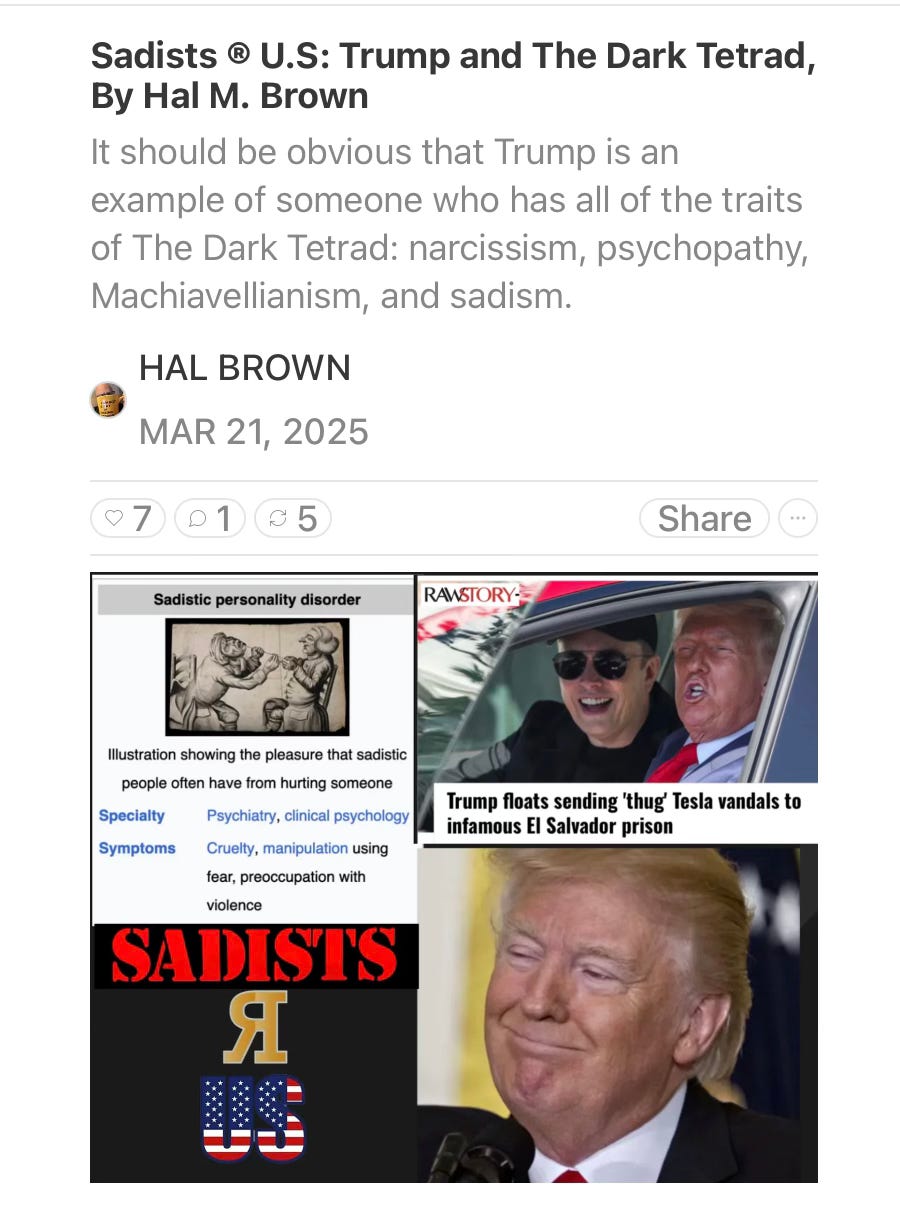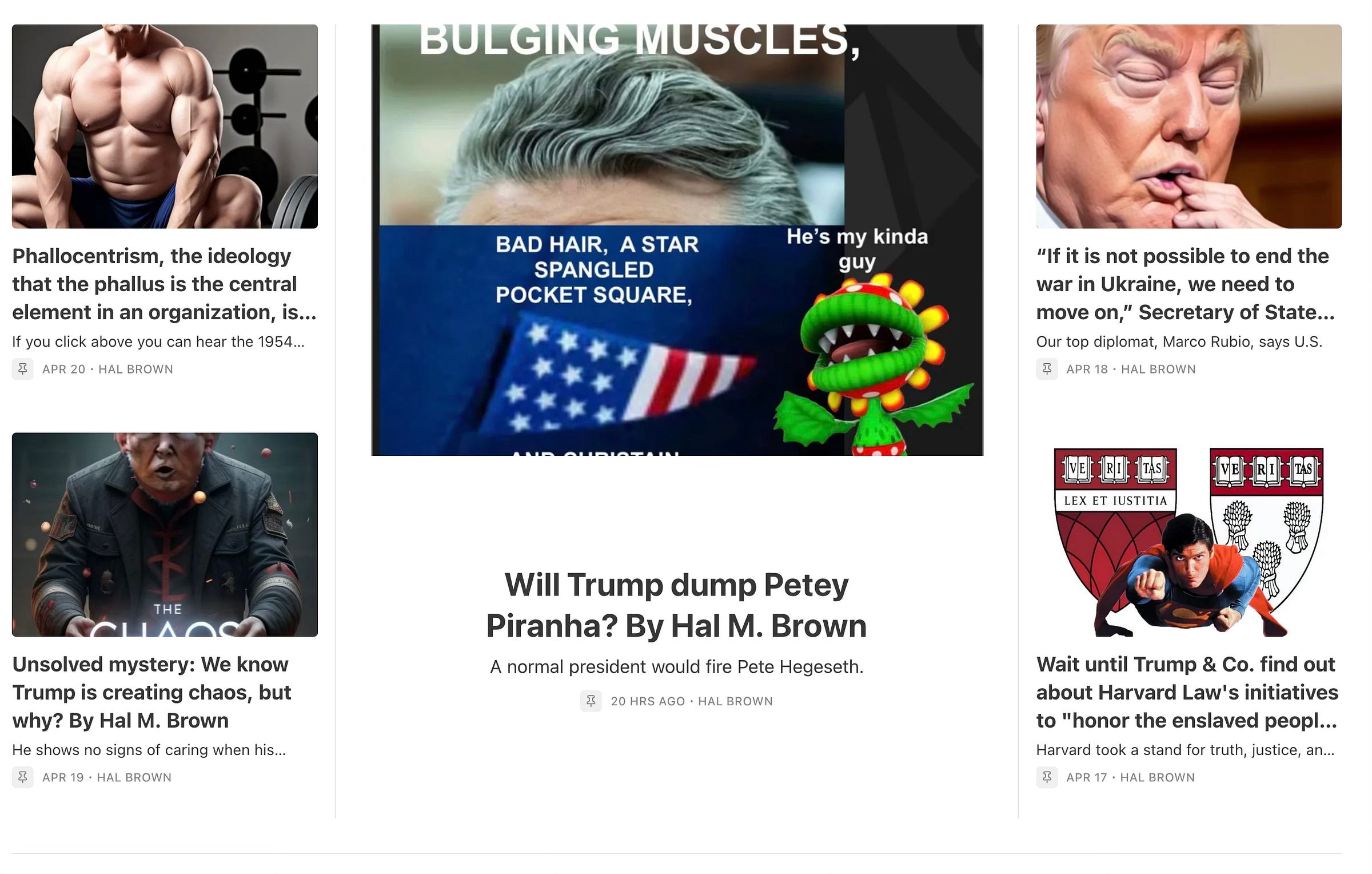By the end of the day today anyone paying attention to the news on all but Trump TV will know about the interview Trump gave to The Atlantic and the two grandiose Trumpian things he said.
The one that The Atlantic had on their cover and RawStory featured in their article about this (here: 'I run the country — and the world': Inside Trump's bombshell sit-down with The Atlantic) makes the second look hoohum. That was about his teasing the idea of running for third term.
This is an excerpt from Rawsotry’s article with the two parts I think are the most telling in bold:
“'I’m having a lot of fun, considering what I do,' Trump said in a phone call. “'You know, what I do is such serious stuff.'”
“The first time, I had two things to do — run the country and survive," he added later. "I had all these crooked guys, and the second time, I run the country — and the world.”
The reporters asked Trump about a rumor they'd heard about him tasking the Justice Department to examine whether he could legally run for a third term, which he denied but left open as a possibility.
“'That would be a big shattering, wouldn’t it?'” Trump said, laughing, according to the report. “'Well, maybe I’m just trying to shatter [democratic norms].'"
He noted that supporters often shout out for him to seek a third term, but he expressed a recognition that wasn't a possibility.
“'It’s not something that I’m looking to do, and I think it would be a very hard thing to do,'" he said.
Taking the second statement about shattering democratic norms first, this tells me that Trump knows very well that when democratic norms are shattered democracy is destroyed. What’s left is autocracy. Who, then is in charge? He is, of course. What does that make him? It makes him a dictator.
What Trump said sbout running the country is true. Despite what optimists want to believe about all the defeats in court, his dismal showing in the polls, and the large anti-Trump protests, he is still running the country. For example, Jennifer Rubin lists numerous Trump failures in “Trump is worse off than he was 100 days ago. The battle for democracy, however, is not yet won.” The subtitle about the battle not yet won contradicts the illustration shown below.
We see a faded odd looking MAGA hat with weird orange straps in three pieces on a dirt road with tire tracks over it.
Presumably this hat thingy represents Trump and Trumpism.
Rubin is more realistic in what she writes. She begins:
“Now this is not the end. It is not even the beginning of the end.
But it is, perhaps, the end of the beginning.”– Winston Churchill, 1942
We therefore cannot tell if the last week or so leading up to the 100-day mark of Donald Trump’s assault on democracy, decency, and truth has definitively shifted momentum toward the pro-democracy movement or just temporarily sidetracked Trump’s march to autocracy. If and only if pro-democracy forces draw the right lessons, cement their alliances, and pursue their MAGA assailants relentlessly will recent events come to be recognized as the end of the beginning of the fight to preserve the American experiment.
She goes on to describe 10 failures or setbacks Trump has had. She concludes with something I have written about:
In short, Trump lost the first 100 days, but democracy has not won the war. Had the Allies not gone on to prevail on D-Day and win WWII, their victory in North Africa in 1942, which inspired Churchill’s memorable observation, would have been viewed in retrospect as a bump in the road on the way to Nazi victory. Without persistent, ongoing opposition, recent victories on multiple fronts cannot end the MAGA threat.
Regular readers of my Substack know I have written about the Nazi blitzkreig and how Hitler invaded Europe, and then how long it took for the Allies to build their military might to the point where they could start the D-Day assault. The Nazis invaded Poland on September 1, 1939 marking the beginning of World War II. Churchill made his comment on November 10, 1942.
Trump has four years to consolidate his power, two if you want to believe the Democrats winning control of Congress will make any difference to him.
At present Trump has armed agents doing his bidding. He has already used ICE, the FBI, and other federal law enforcement agencies to arrest people he sees as enemies. Consider what happened yesterday when DEA agents and other law enforcement were used in Colorado (link)
The real test of whether he has Hitlerian or Putin power will be if he tries to use the military on US soil by declaring martial law to stop protests and round up and imprison protestors. He could attempt to do this by declaring martial law. This is what Wikipedia says about martial law in the United States.
Assuming the military went along with this we will have a true totalitarian country. There will be no coalition to mount a D-Day to save us.


